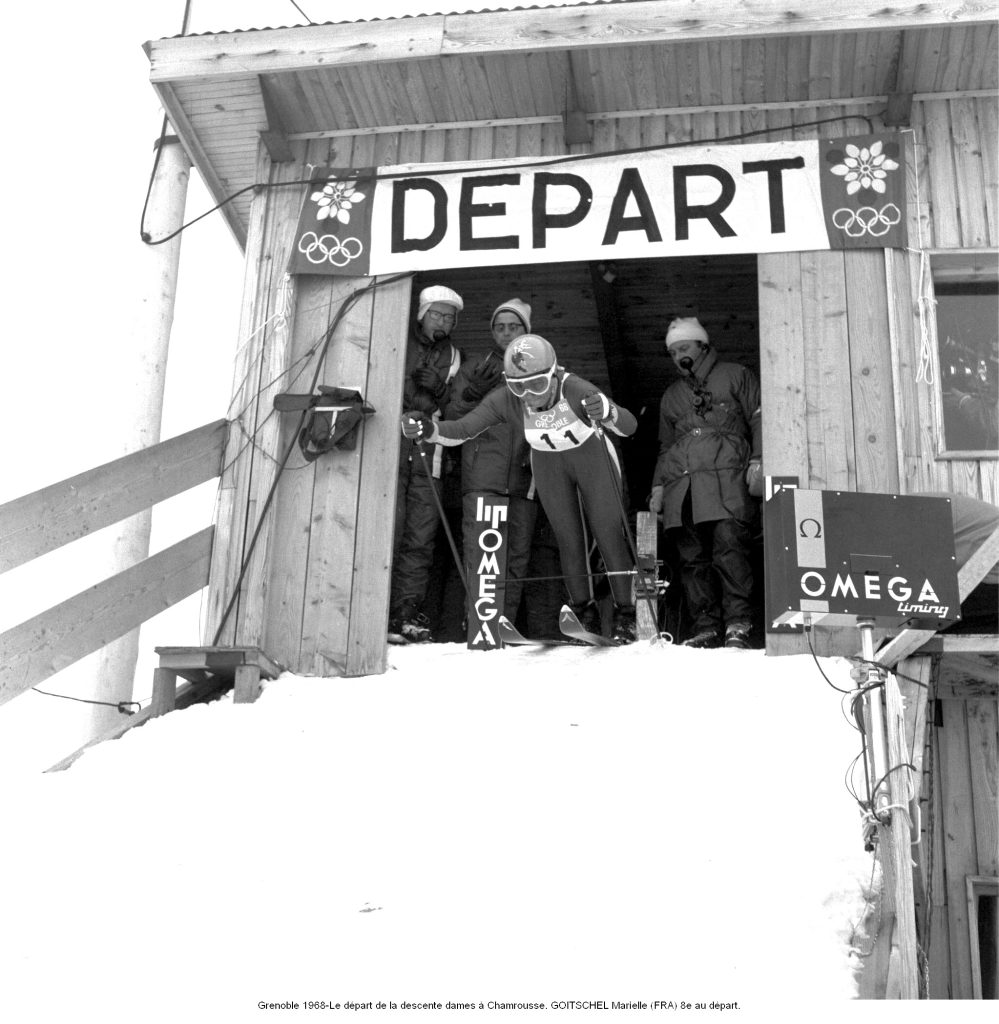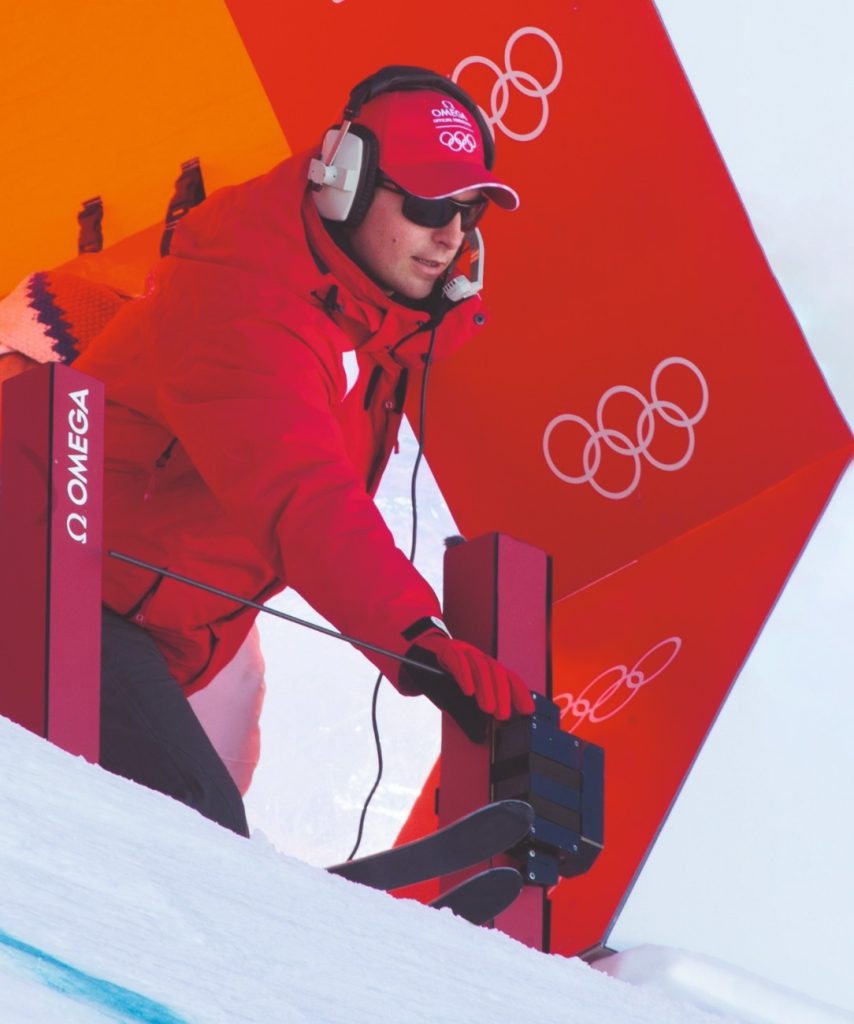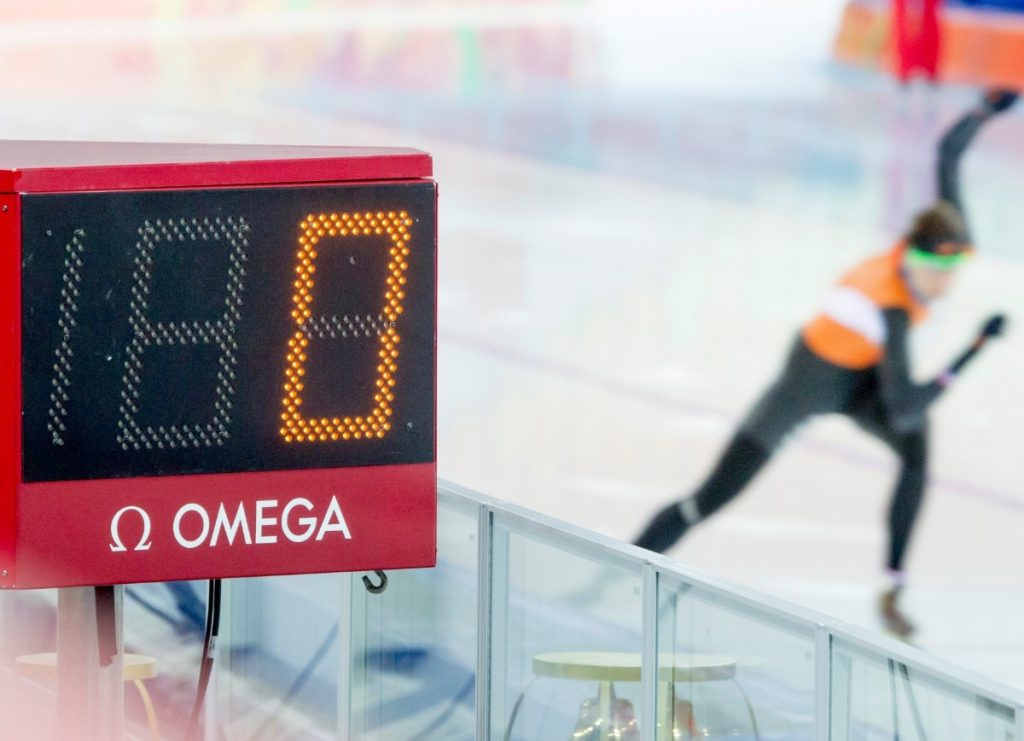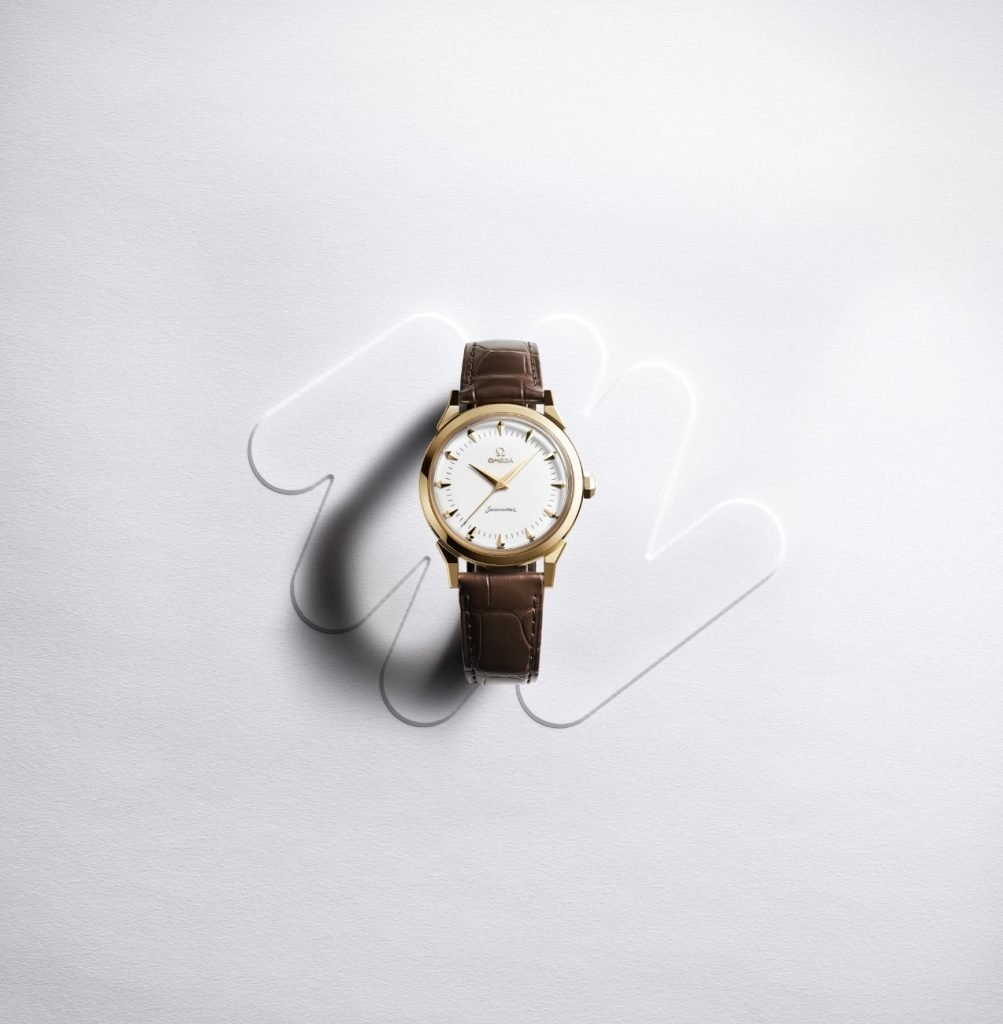For The Fourth Time, Italy Welcomes the Olympic Winter Games As Omega Brings Cutting-Edge Timekeeping To Milano Cortina 2026
OMEGA, Official Timekeeper for 32 editions of the Olympic Games, will ensure every split-second moment is captured with unprecedented precision
Italy is set to host the Olympic Winter Games for the fourth time in history, and the anticipation is palpable. From February 6th, 2026, Milano and Cortina will become the epicenters of winter sports, welcoming athletes and fans from around the world for a celebration of skill, speed, and endurance. Once again, OMEGA will fulfil its crucial role as Official Timekeeper, a responsibility that has now spanned an extraordinary 32 Olympic Games since 1932.

What began as a single watchmaker with a suitcase of stopwatches has evolved into a massive and intricate operation that relies on hundreds of expert timekeepers and tonnes of highly specialized equipment. Today, OMEGA’s work is indispensable, ensuring every result is accurate and every fleeting moment in competition is faithfully captured. The technology not only serves athletes and judges but also enhances the experience for spectators, providing real-time insights that bring the drama of the Games to life.
Milano Cortina 2026 promises a dynamic lineup of 116 events across eight winter sports. Traditional favorites like Alpine Skiing, Speed Skating, and Bobsleigh will compete for attention alongside the adrenaline-fueled excitement of Snowboarding and Freestyle Skiing. Adding to the thrill, the Games will feature the Olympic debut of Ski Mountaineering, introducing a modern twist to Italy’s snowy landscape. Fans of all ages are certain to find an event that captivates, with every sport demanding a unique blend of skill, precision, and resilience.

OMEGA has consistently been at the forefront of innovation in Olympic timekeeping. In 2006, the brand introduced special transponders worn by athletes during the team pursuit event in Speed Skating in Turin. Worn on the ankles, these devices used radio signals to deliver precise time measurements, marking a significant leap forward from manual methods. By 2014, OMEGA had introduced further groundbreaking technologies, such as the Whistle Detection System in Ice Hockey. This system allowed referees’ whistles to communicate instantly with the timing bench, halting the clock at least half a second faster than any human timekeeper could—a fraction of time that can determine victory or defeat.

The evolution of OMEGA’s technological arsenal continued at the 2022 Beijing Winter Games, where motion sensors and positioning systems were enhanced with Computer Vision technology and AI software. Figure Skating benefited from image-tracking cameras that measured jump heights and distances in real time, while Speed Skating introduced automatic false start detection for the first time. These innovations have transformed timekeeping from a purely functional task into a detailed storytelling tool, capturing not only results but the nuances that define each competition.
Also Read: Gold Alloys And Their Importance In The Watchmaking World
Computer Vision technology has been a focus for OMEGA since Pyeongchang 2018, and each Olympic edition has allowed the brand to refine and expand its capabilities. Today, a network of image-tracking cameras records the movements of athletes and objects throughout the venues. Paired with AI software, these systems collect live data on positions, speeds, distances, acceleration, and more. This technology goes beyond simply measuring time—it provides context and insight, illustrating exactly where a race was won or lost and offering viewers an unparalleled understanding of the action.
As Milano and Cortina prepare to welcome the world, OMEGA’s presence will be felt at every venue. Hundreds of specialists will work behind the scenes, ensuring that each split second is accounted for with exacting accuracy. From traditional winter sports to the newest Olympic disciplines, OMEGA’s expertise will elevate the Games, turning every moment into a precise, immersive experience.
For athletes, this means trust in the timing systems that define their performance. For judges, it ensures fairness and accuracy. And for spectators, it transforms every event into a detailed, data-rich spectacle, offering insights that were unimaginable just a decade ago. The 2026 Winter Olympics will not only showcase the pinnacle of athletic achievement but also highlight the technological evolution that makes these achievements measurable, tangible, and unforgettable.
Seamaster 37mm Milano Cortina 2026

This year Omega released the Seamaster 37mm Milano Cortina 2026 which carries forward the case, crafted in 18K Moonshine Gold with a polished finish and hexagonal crown at 3 o’clock. The white Grand Feu enamel dial also has sculptured 18K Moonshine™ Gold hour markers, diamond-polished dauphine hour, minute, and second hands. The transferred markings, including the Seamaster signature and minute track, are executed in grey Petit Feu enamel. The timepiece is presented on a brown leather strap with matching leather lining and a polished 18K Moonshine™ Gold buckle. Inside, the Co-Axial Master Chronometer Calibre 8807, certified by METAS, ensures exceptional performance offering a 55-hour power reserve. The polished caseback features a special medallion commemorating Milano Cortina 2026, marking another chapter in OMEGA’s remarkable Olympic timekeeping legacy.